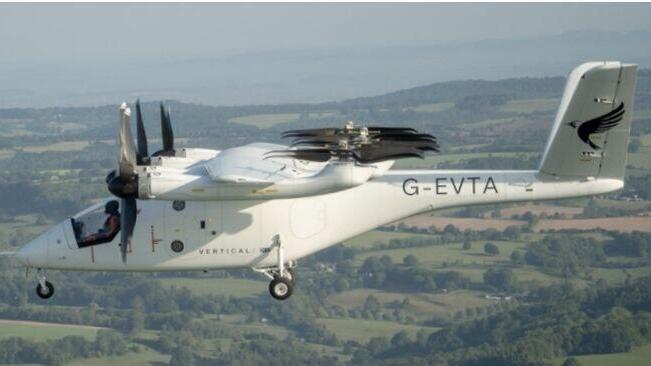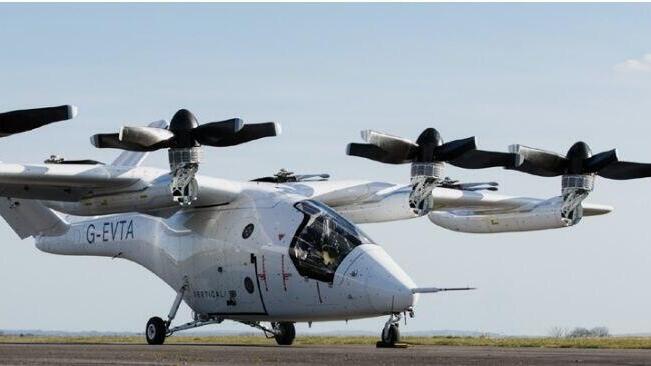In 1962, an animated series called The Jetsons premiered in the United States. It would go on to become a classic and is considered one of the first works to imagine the future in a colorful, humorous, and optimistic way. The Jetson family lived in a futuristic city where robots served humans, video calls were commonplace, and smartwatches were part of daily life. More than 60 years later, some of the show’s futuristic visions have come true, while others remain far off.
In the Jetsons’ city, tiny flying aircraft zipped through the skies, turning the air into highways. Jason Mudrick, a 50-year-old hedge fund manager, watched the show as a child but never imagined he’d one day be part of an effort to make that flying cityscape a reality. Yet today, that’s exactly what he’s doing.
Just around the corner
Flying taxis soaring over major cities, shuttling passengers between airports and downtown, or serving as air ambulances—that's one of the grand dreams of aerospace and aviation executives. Some envision entirely new towns where residents begin each workday with a short flight to the office.
Mudrick specializes in taking over struggling companies, often established businesses that have lost favor. It’s how he built much of the fortune behind his $3.3 billion hedge fund, Mudrick Capital Management. At the end of last year, he became the largest shareholder of a British aviation startup, fired its founder, and decided to bet on a futuristic industry that has seemed just over the horizon for years.
The British company, Vertical Aerospace, aims to bring one of the world’s first electric vertical takeoff and landing (eVTOL) aircraft to market by 2028. The eVTOL concept refers to battery-powered aircraft that operate like helicopters but are quieter, safer, and cheaper to run. They’re designed to carry up to six passengers and their luggage. Vertical’s aircraft, the VX4, has a range of about 160 kilometers and could, for example, fly a wealthy New Yorker to the Hamptons in roughly 40 minutes.
Mudrick acknowledges that the idea still sounds far-fetched, but that doesn’t deter him. “We have aircraft, they’re flying, and this industry is becoming real,” he told The Wall Street Journal. Even if it still seems like a fantasy, there’s real progress underway.
“By the end of the decade”
San Jose-based Archer Aviation has already charted flight corridors for New York and Los Angeles. Beta Technologies, from Burlington, Vermont, has installed about 50 charging stations across 22 U.S. states and recently flew passengers in an early version of its aircraft. In Dubai, construction is underway on the UAE’s first “vertiport,” in preparation for Joby Aviation to begin service there later this year. Joby is a leader in the field, partnering with Uber, Virgin Atlantic, and Delta, with hopes to launch an airport shuttle service from major cities within the next year.
Other major players include Beta, backed by Amazon, and Archer, in partnership with United Airlines. These three companies aim to start flying passengers in the U.S. within the next one to two years, pending approval from the Federal Aviation Administration.
Get the Ynetnews app on your smartphone: Google Play: https://bit.ly/4eJ37pE | Apple App Store: https://bit.ly/3ZL7iNv
Mudrick believes his competitors are overly optimistic in their timelines. Still, he acknowledges that his company is the underdog and must also meet stricter European safety regulations, which go beyond those in the U.S.
“It’s unclear whether cities and the public will accept a new type of aircraft adding to already crowded skies,” said Adam Cohen, a researcher at the University of California, Berkeley. “They’ll add pressure to air traffic controllers who are already stretched thin. I expect these taxis will operate at a very limited scale by the end of the decade, with emergency services as one of the more practical initial applications.”




